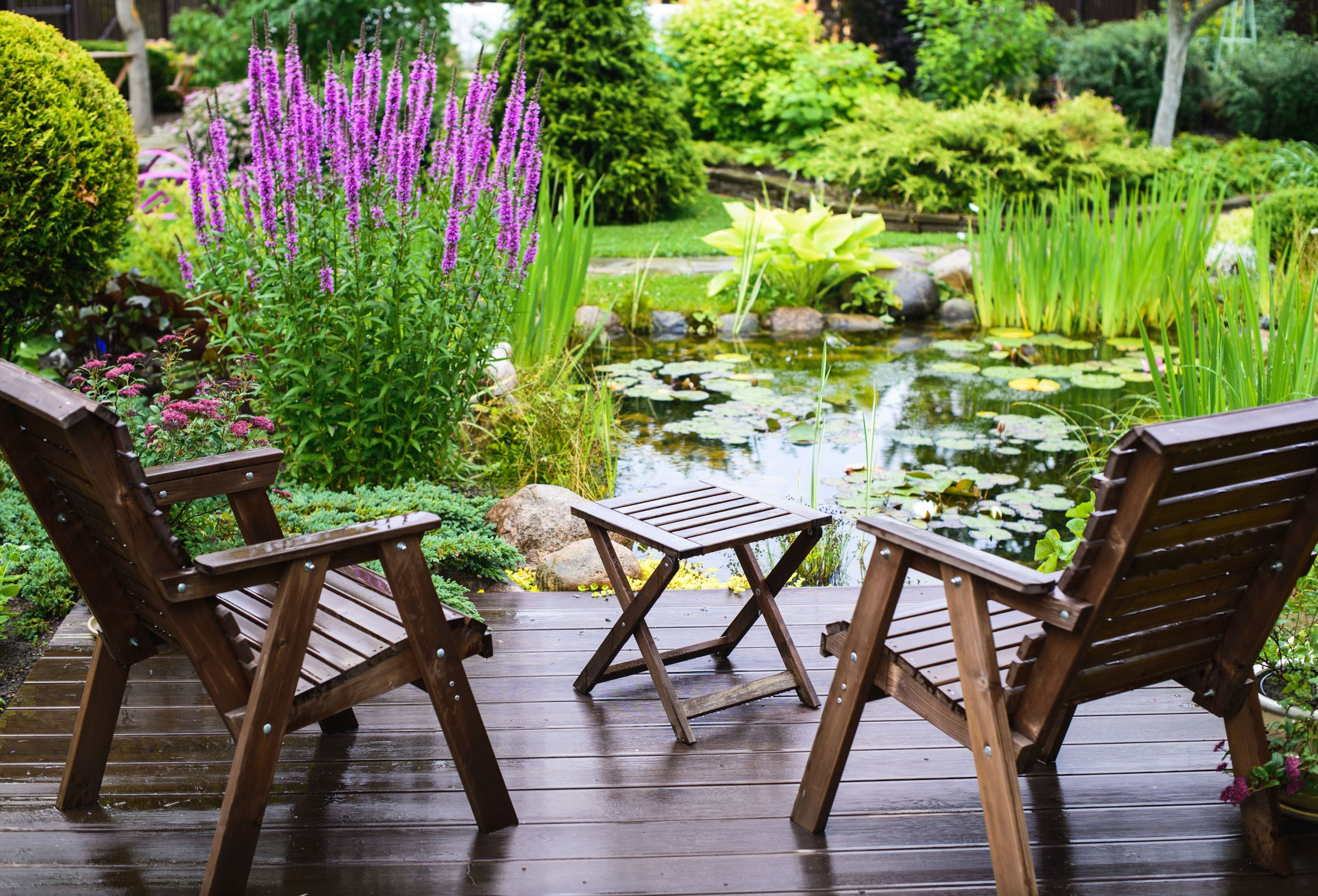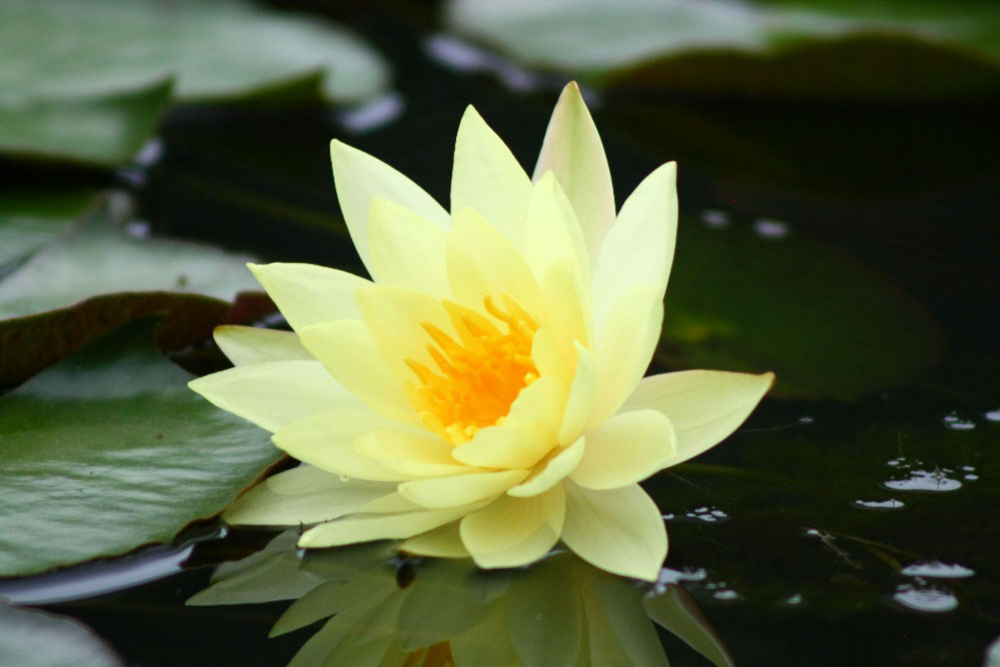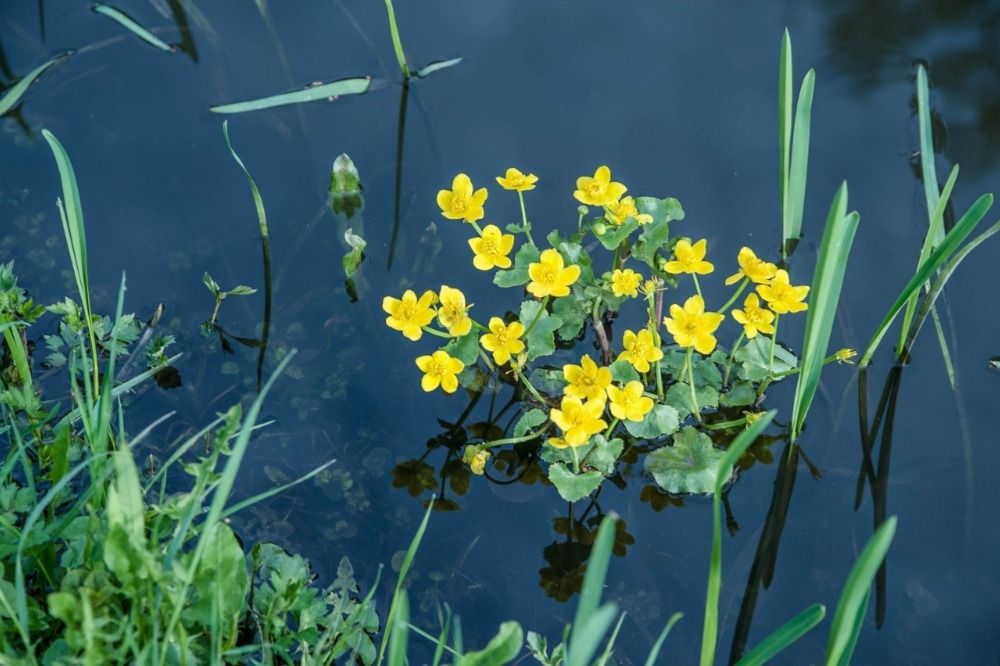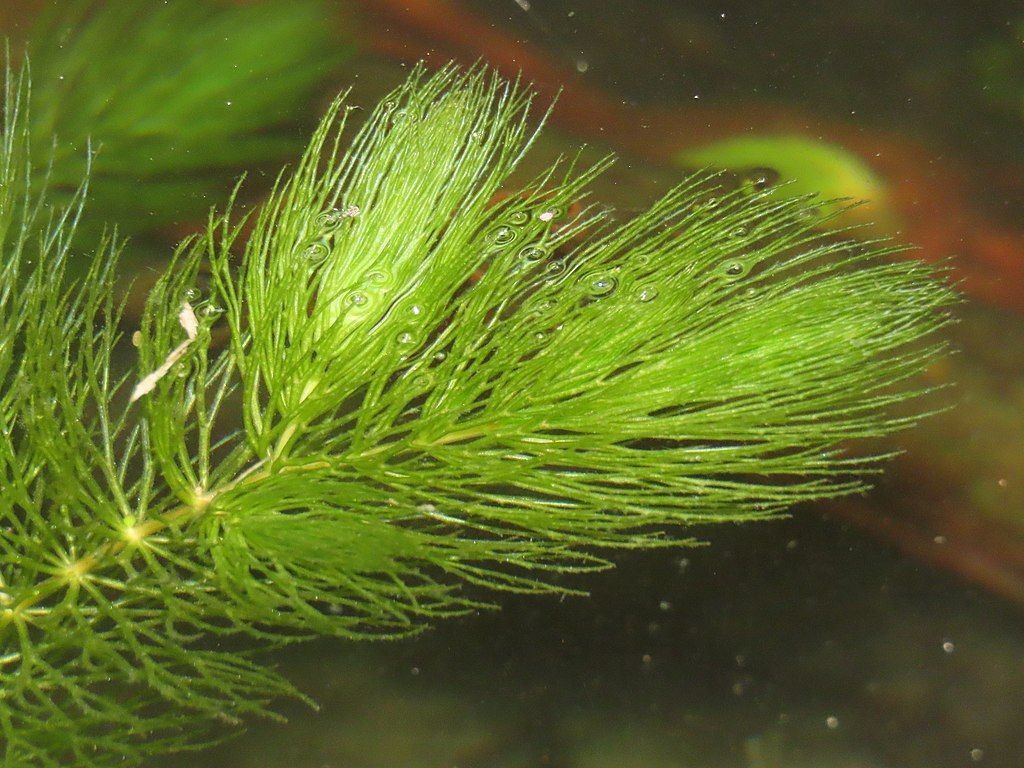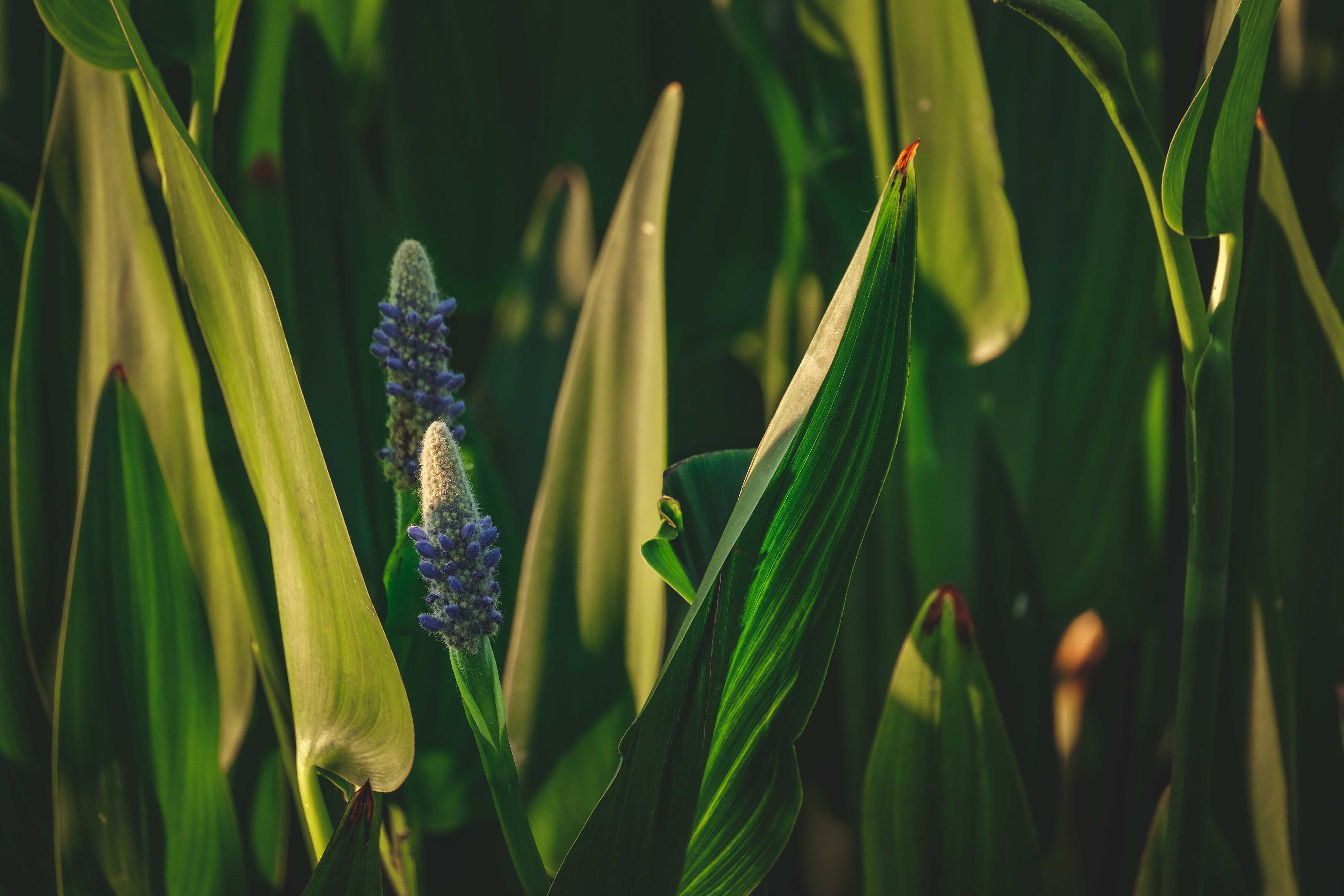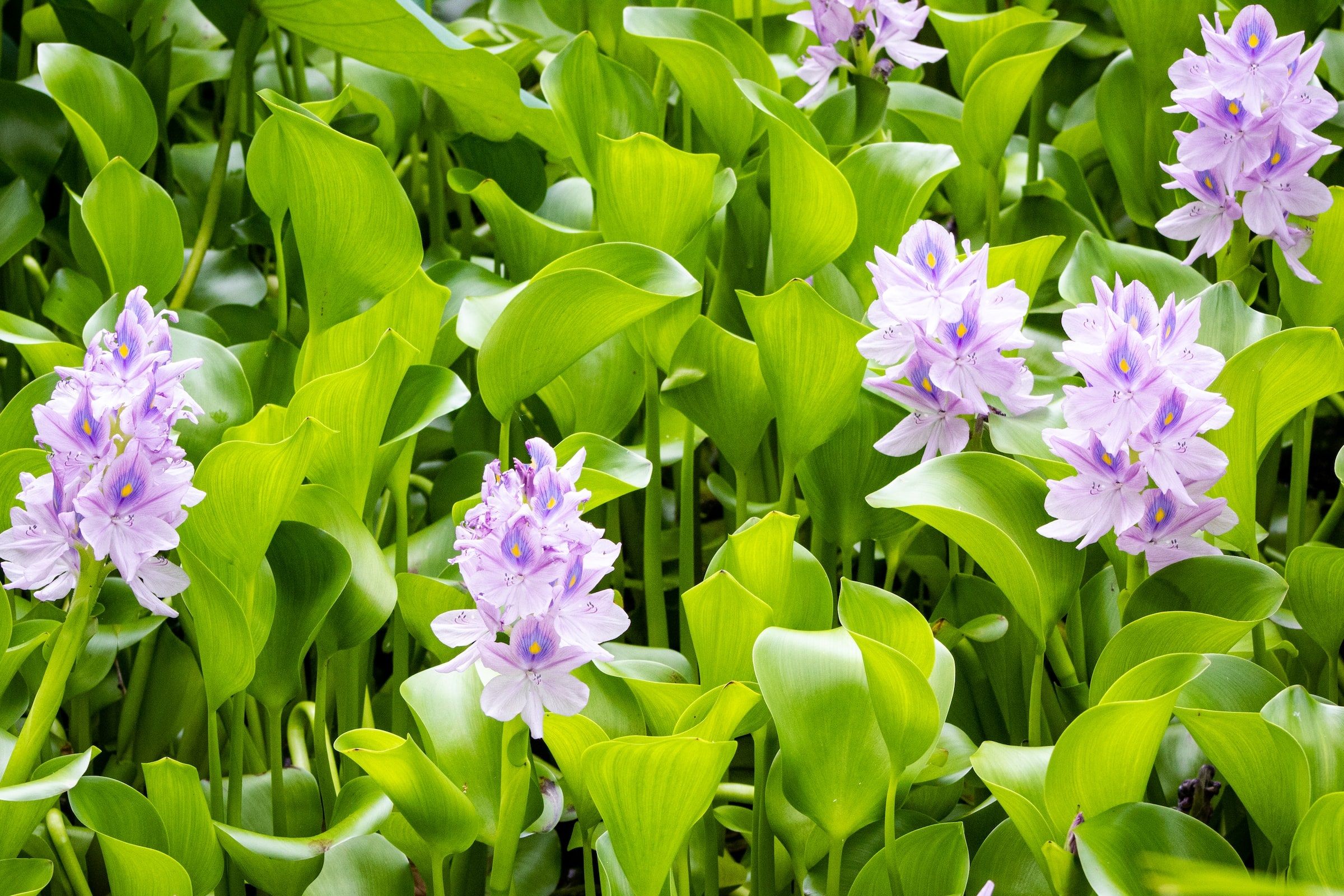Plants are beneficial to your garden pond for many reasons including attracting insects and wildlife. But that's not all, plants add aesthetic appeal and can keep your pond water clean and oxygenated. When choosing plants, consider if they will grow on the pond's surface, edge, or be submerged. Also, know what soil base and how much sun or shade is the best for your plants.
Learn about these essential care tips and choices of the best plants for your natural garden pond.
Note: Water gardens, or human-made aquatic gardens, are different than natural ponds as they often house non-native plants and fish that can become invasive and dangerous to natural waterways like ponds.
Hardy Water Lilies
Image credits: flaivoloka via FreeImages
Hardy lilies are examples of deep water/floating plants. The leaves and flowers sit on top of still ponds, but the actual plants are rooted below the water line and placed in deeper areas of ponds. The leaves provide shade to your pond for fish that need shelter and they hinder the growth of algae below. The plant also provides oxygen to your water. Finally, these lilies are showy with fragrant pink, yellow, and white blooms adding splashes of color to your pond.
These lilies prefer clay-based loam or aquatic pond compost and need six hours of sun per day to flourish. You can plant them in late spring and summer.
Marsh Marigolds
Image credits: hmauck via Pixabay
Not to be mistaken for yellow buttercups, marsh marigold is an emergent plant that lives on the edge of ponds. They also grow well in marshes, ditches, and damp woodland. Marsh marigolds prefer wet and boggy conditions. When planted, this flower gives shelter to frogs and nectar for insects. It's a great plant if you want to create a wildlife-friendly pond.
Marsh marigolds thrive in rich damp soil and like part sun to shade. It's an easy plant that tolerates more than one temperature and light condition.
The vibrant yellow flowers bloom from April to June. Consider planting marsh marigolds as they make a nice transition from a landscape that flows into a waterscape.
Hornwort
Image credits: chiuluan via Openverse
Hornworts are submerged plants with rhizoids which are filaments that help keep the plant in mud, but they will often float freely in your pond. They use waste from protected pond fish and other decaying matter as a fertilizer. They also keep algae at bay by competing for nutrients.
Plant early in the spring before other pond plants so they can get most of the nutrients from the water. This plant prefers rich nutrient soil. They do well in water temperatures of between 59 to 86 degrees during the summer and prefer full sun to full shade.
Pickerelweed
Image credits: Francesco Ungaro via Pexels
Pickerelweed is an emergent plant. The leaves and purply blue flowers are above the water while the stem is submerged. Their blooming season is from June until September and they grow well along shallow shorelines and edges of ponds. They prefer freshwater ponds in a depth of 12 inches with rich loamy soil.
Planting pickerelweed around your pond will add a beautiful landscape and attract dragonflies, birds, waterfowl, and other pollinators. The plant thrives in sunny conditions but will survive in part sun and soil of lesser quality.
Aggressive Plants to Stay Away From
Image credits: Joshua J. Cotten via Unsplash
These plants can take over your pond space very quickly:
Parrot Feather
Parrot feather can clog drainage holes and block waterways. They also impede the growth of native aquatic plants and provide a breeding ground for mosquitoes.
American Skunk Cabbage
Often found surrounding ponds and in swampy areas, American skunk cabbage grows from its natural habitat and spreads to native flowers.
Water Lettuce
This plant is an ecological threat to wetlands, particularly in Florida. It can completely cover the water's surface and create a barrier to navigational channels in addition to harming animal and plant communities. A real ecosystem killer!
Water Hyacinths
Although boasting pretty flowers, water hyacinths can cover a pool surface like a carpet. These plants blocks light from below and may hinder the movement of plants and aquatic invertebrates that are submerged as well as decrease vital oxygen levels.
Fishing for Pond Plants
Deciding on plants for your natural pond can be daunting, yet exciting too. Choose ones suitable for the size of your pond. Make sure the amount of light and soil type is conducive to your plants. Pick vibrant colors which will frame your watering hole and finally, talk to a gardening specialist about choosing native or non-native species to keep your pond healthy and danger-free.
Do you have any tips or tricks for natural pond plants? If so, please leave them in the comment field below.

